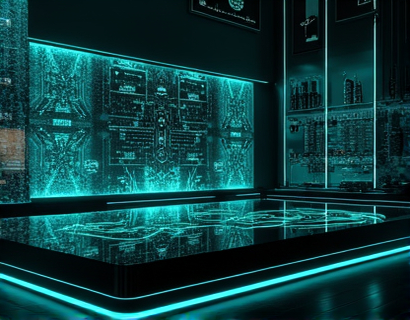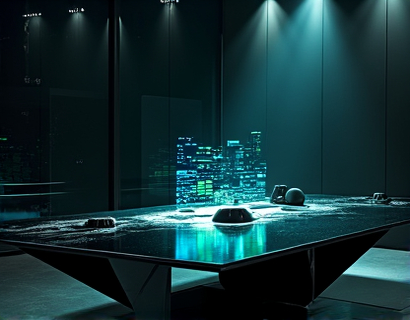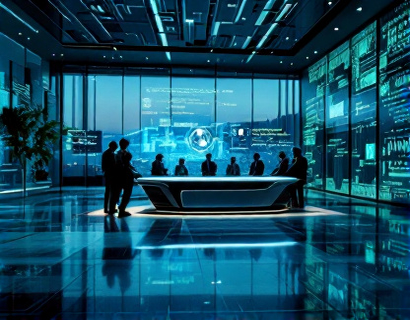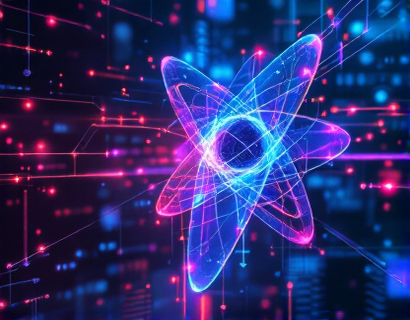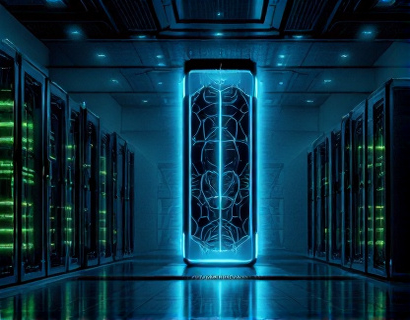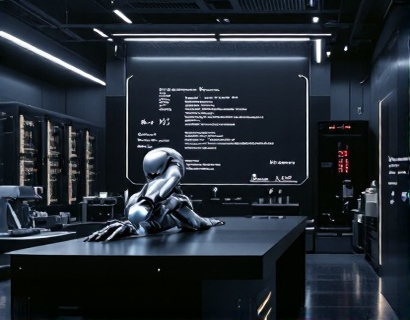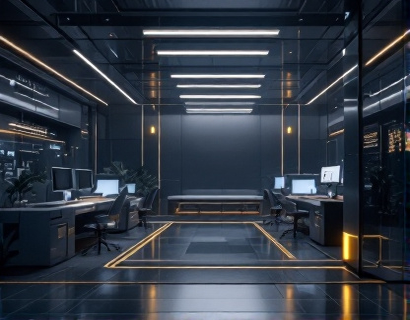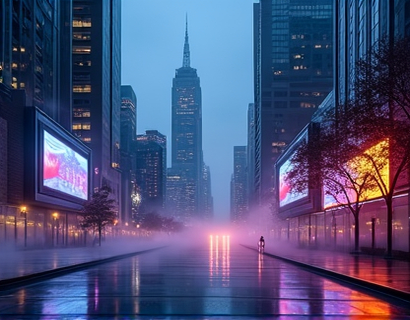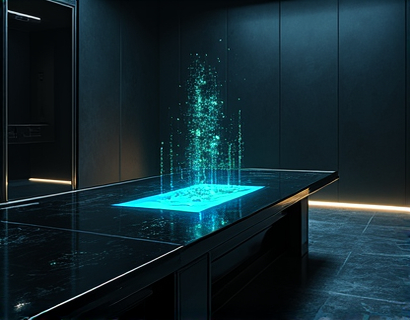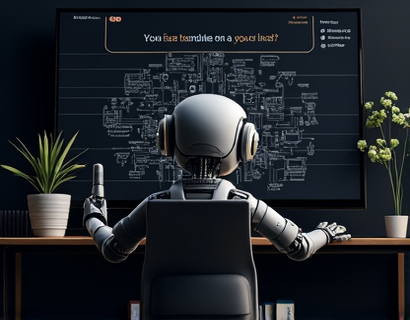Revolutionizing Event Audio-Visual Management with Advanced Hardware Solutions
In the dynamic world of event planning and production, the ability to manage audio-visual elements effectively is paramount. Advanced hardware solutions, coupled with sophisticated software, are transforming the way event planners and production managers approach lighting and sound systems. This article delves into the intricacies of these technologies, highlighting how they can streamline operations, enhance control, and ultimately elevate the overall experience of any event.
The Importance of Advanced Audio-Visual Management
The success of any event hinges on the seamless integration and performance of its audio-visual components. Lighting and sound systems are critical in setting the mood, engaging the audience, and ensuring that the event's message is conveyed effectively. Traditional methods of managing these systems often involve complex setups, manual adjustments, and a high risk of errors. The introduction of advanced hardware and software solutions has revolutionized this process, offering unparalleled reliability and ease of use.
Streamlining Lighting Control
Modern lighting systems are no longer just about turning lights on and off. Advanced hardware allows for precise control over intensity, color, and movement, creating dynamic and immersive environments. Dimming controllers, for instance, enable smooth transitions between different lighting levels, while color changers offer a spectrum of hues to match the event's theme. These devices can be integrated into a central system, allowing for coordinated changes across multiple locations with a single command.
One of the key benefits of advanced lighting hardware is its compatibility with digital control systems. These systems use protocols like DMX512, Art-Net, or OSC to communicate with various lighting devices. This ensures that all lights, regardless of manufacturer, can work together harmoniously. The result is a more cohesive and professional lighting setup that can be easily adjusted and replicated for different events.
Enhancing Sound Quality
Sound is equally crucial in creating an engaging event experience. Advanced sound hardware solutions focus on delivering high-fidelity audio with minimal latency. Digital sound processors and mixers offer advanced features such as equalization, compression, and reverb, allowing sound engineers to tailor the audio to the specific acoustics of the venue. These devices can also manage multiple input sources, ensuring that each element of the performance is heard clearly and distinctly.
Wireless technology has further enhanced sound management by eliminating the need for cumbersome cables. Wireless microphones and in-ear monitoring systems provide freedom of movement for performers and speakers, reducing the risk of tangled wires and improving overall safety. Additionally, these systems often include noise cancellation and feedback reduction features, ensuring a clear and professional sound quality.
Integration and Centralized Control
The true power of advanced audio-visual hardware lies in its ability to integrate seamlessly with other systems and be controlled from a central point. A centralized control system, often referred to as a show control system, acts as the brain of the operation. It allows event planners and production managers to monitor and control all aspects of the event from a single interface.
These systems typically include touch screens, remote controls, and software applications that provide real-time feedback and adjustments. They can manage lighting, sound, video, and even special effects, all from one location. This centralized approach not only simplifies the setup process but also reduces the likelihood of human error, ensuring a smoother and more reliable event execution.
User-Friendly Interfaces and Customization
One of the most significant advantages of advanced audio-visual hardware and software is their user-friendly interfaces. Modern systems are designed with the user in mind, offering intuitive menus and straightforward navigation. This makes it easier for event staff to learn and operate the equipment, even with minimal training.
Customization is another key feature. Event planners can tailor the settings to match the specific needs of each event, from pre-set templates for common events to custom configurations for unique occasions. This flexibility ensures that every event is treated as a unique opportunity, allowing for creative expression and personalized experiences.
Reliability and Durability
Reliability is a critical factor in event audio-visual management. Advanced hardware solutions are built to withstand the rigors of frequent use and varied environments. They are designed with robust construction, weather-resistant materials, and fail-safe mechanisms to minimize downtime and ensure consistent performance.
Redundancy is another important aspect. Many advanced systems include backup options, such as redundant power supplies and network connections, to prevent disruptions. This ensures that the event can continue smoothly even if a component fails, providing peace of mind for planners and production managers.
Scalability and Future-Proofing
As events evolve and technology advances, the ability to scale and future-proof audio-visual systems is essential. Advanced hardware solutions are designed to be scalable, allowing for easy upgrades and expansions. This means that as your event needs grow, the system can adapt without requiring a complete overhaul.
Moreover, these systems often support the latest industry standards and protocols, ensuring compatibility with future technologies. This forward-thinking approach helps prevent obsolescence and allows for continuous improvement and innovation in event production.
Case Studies and Real-World Applications
To better understand the impact of advanced audio-visual hardware and software, let's look at some real-world applications. At a large music festival, a centralized control system was implemented to manage thousands of lights and multiple sound stages. The system allowed for real-time adjustments and coordination between different acts, ensuring a cohesive and engaging experience for the audience. The result was a seamless transition between performances and a significant reduction in setup time.
In a corporate conference, a show control system was used to create dynamic lighting and sound effects that enhanced the presentations and keynote speeches. The system's customization options allowed for brand-specific themes and consistent visual elements throughout the event, reinforcing the company's identity and message.
Conclusion
The integration of advanced lighting and sound hardware solutions, combined with sophisticated software, is transforming event audio-visual management. These technologies offer unparalleled control, reliability, and ease of use, enabling event planners and production managers to create memorable and impactful experiences. By embracing these innovations, the industry can continue to push the boundaries of creativity and excellence in event production.






